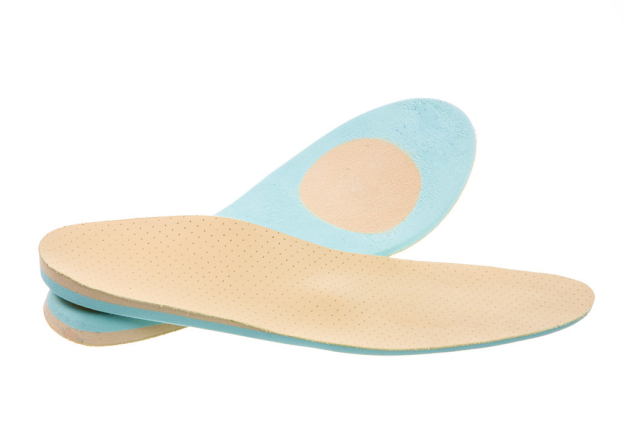Find Relief from Arthritis Pain with the Perfect Pair of Shoes
- Written by The Times

Introduction
Arthritis is a complex condition that can affect your musculoskeletal system, causing joint pain and stiffness, which can make it difficult to move around. With over 100 different types of arthritis, it is no wonder why it is one of the leading causes of disability in the United States. In this article, we will discuss how arthritis can affect your choice of footwear and what you can do to alleviate the symptoms.
Types of Arthritis and Their Symptoms
Shoes for arthritis refer to specially designed footwear that cater to the needs of individuals with arthritis. Arthritis is a chronic condition characterized by inflammation of the joints, leading to pain, stiffness, and reduced mobility.
There are two main types of arthritis: osteoarthritis (OA) and rheumatoid arthritis (RA). Osteoarthritis is the most common type, affecting more than 30 million people in the US alone. This type of arthritis usually develops gradually as the cartilage that cushions your joints wears away due to aging or injury, leading to bone-on-bone contact during movement and resulting in joint pain and stiffness. People with OA may also experience swelling, tenderness, and reduced range of motion or flexibility.
Rheumatoid arthritis (RA), on the other hand, is an autoimmune disorder in which your immune system mistakenly attacks the lining of your joints, causing inflammation and, if left untreated, joint damage over time. RA can cause joint pain, stiffness, and swelling, as well as fever, fatigue, and weight loss.
Effects of Arthritis on Footwear Choice
Arthritis can have a significant impact on your choice of footwear. The wrong shoes can worsen your symptoms, causing pain, discomfort, and even further damage to your joints. The right shoes, however, can provide the support, cushioning, and stability you need to reduce pain and improve mobility.
One of the most important factors to consider when choosing shoes for arthritis is flexibility. Shoes that are too stiff may not be comfortable for people with arthritis, as they don't bend as easily as softer materials do. Opt for lightweight materials or leathers that will give your feet more freedom of movement without sacrificing support or durability.
Another factor to consider is heel height. High heels may look fashionable, but they put extra pressure on your joints and muscles, which is not ideal if you have arthritis in your feet or ankles. Low-heeled options, on the other hand, provide a better balance between style and comfort when it comes to footwear choices for people with arthritis issues in their lower extremities.
Choosing shoes with proper arch support is also crucial for people with arthritis. Poor arch support can lead to instability when walking, which could aggravate joint pain associated with arthritis symptoms. Look for shoes with built-in arch support or consider using custom orthotics to provide additional support and comfort.

Shoe Brands for People with Arthritis
Fortunately, several shoe brands offer designs specifically tailored to people with arthritis. One popular option is Dr. Comfort Shoes, which feature a variety of technologies such as breathable uppers made from lightweight materials, extra cushioning in key pressure points to reduce impact on joints, and removable insoles to accommodate custom orthotics if needed. These shoes not only make walking more comfortable but also offer superior arch support, which helps relieve foot pain associated with arthritis.
Orthofeet Proven Footwear Technology is another brand that provides superior comfort and support due to its unique design that helps alleviate pressure on your feet and reduce pain associated with arthritis. These shoes are engineered with a wide toe box, a contoured orthotic insole, and a cushioned sole to provide maximum support and comfort.
Conclusion
Shoes for arthritis can be an invaluable tool in helping people with this condition manage their symptoms and improve the quality of their lives. With the right style of shoes, people with arthritis can enjoy increased mobility and stability that will help them perform activities of daily living more easily. Additionally, wearing shoes for arthritis may reduce joint pain and fatigue associated with this condition.

















